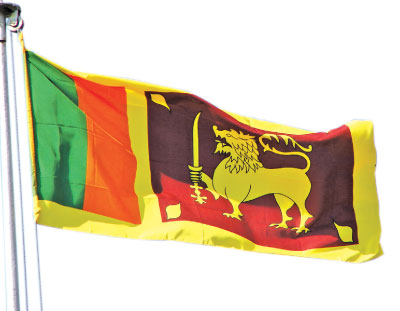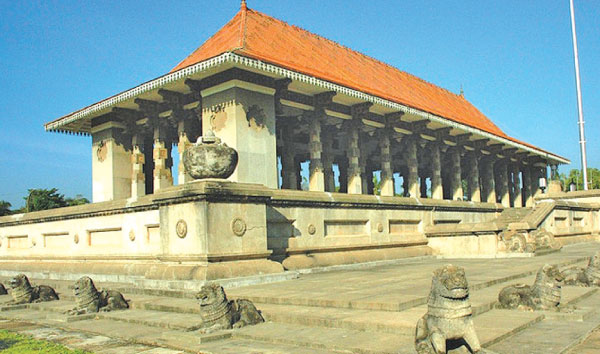67th Independence Day
by Husna Inayathullah
Independence Day in Sri Lanka is annually celebrated on February 4.
We got the Independence from the British rule on February 4, 1948. We
commemorate its internal political Independence from British rule on
that day in 1948. The day is a national holiday in Sri Lanka.
 It is celebrated all over the country through flag-hoisting
ceremonies, dances, parades and cultural performances. The main
celebration takes place in Colombo where the President raises the
national flag and delivers a nationally televised speech. It is celebrated all over the country through flag-hoisting
ceremonies, dances, parades and cultural performances. The main
celebration takes place in Colombo where the President raises the
national flag and delivers a nationally televised speech.
Many national struggles were made in the history of Sri Lanka. And on
the independence day all of these are remembered and celebrated.But the
independence movement against the British is especially recalled.
In the President's speech, he highlights the achievements of the
government during the past year, raises important issues and gives acall
for further development. The President also pays tribute to the national
heroes of Sri Lanka, observes two minutes of silence in their memory,
challenges and vows to eradicate separatism.
A great military parade is also made. In recent years it showcased
the power of the army, navy, air force, police and the civil defence
force. And the commitment, bravery, national unity and determination to
achieve peace is recollected in the minds of people.
There are also dances, singing and performances that showcase
national unity and culture. Religious observances are also made in many
places of worship around the country wishing for peace and prosperity to
the country, people and the tri-forces. The national media also try to
promote ideas such as bravery, confidence,dedication, national unity,
patriotism, nationalism, peace, national responsibility and awareness of
national history in the minds of people.
D.S. Senanayake became the first Prime Minister of Sri Lanka after we
got the independence from the British in 1948. He emerged as the leader
of the Sri Lankan independence movement that lead to the establishment
of self-rule in Sri Lanka. The legal head of State was Queen Elizabeth's
governor at that time.
The first President of Sri Lanka was William Gopallawa in 1972. This
replaced the Governor's role. Until 1972, Ceylon was a Commonwealth
realm with Queen Elizabeth II as the head of state and Queen of Ceylon.
He was well known as an austere, nonpartisan and statesmanlike figure
who commanded the respect of all political parties.

The first executive president was Junius Richard Jayewardene in1977.
He was the leader of Sri Lanka from 1977 to 1989. He was a leader of the
nationalist movement in Sri Lanka who served in a variety of Cabinet
positions in the decades following independence. Along time member of
the United National Party, he led it to a crushing victory in 1977 and
served as Prime Minister for half a year before becoming the country's
first executive President under an amended constitution.
The civil war began in Sri Lanka in 1983 between the LTTE (Liberation
Tigers of Tamil Eelam) and the government. From 1985 to 2006, Sri Lankan
government and Tamil insurgents held four rounds of peace talks without
success. Both LTTE and the government resumed fighting in 2006 and the
government officially backed out of the ceasefire in 2008.
In 2009, under the Presidency of Mahinda Rajapaksa the Sri Lanka
Armed Forces defeated the LTTE and re-established control of the entire
country by the Sri Lankan Government. Overall, between 60,000 and
100,000 people were killed during the 26 years of conflict.
In May 2010, President Rajapaksa appointed the Lessons Learnt and
Reconciliation Commission (LLRC) to assess the conflict between the time
of the ceasefire agreement in 2002 and the defeat of the LTTE in 2009.
Sri Lanka has emerged from its 26-year war to become one of the fastest
growing economies of the world.
The incumbent President of Sri Lanka is Maithripala Sirisena who was
elected as the President last month. He was born on September 3, 1951 in
Yagoda, a village in the Gampaha District.He is a farmer and
agriculturist and does not belong to any of the Sri Lankan political
elite.
He was sworn in as the sixth Executive President before Supreme Court
judge K. Sripavan at the Independence Square, Colombo on January 9,
2015. Immediately afterwards he appointed Ranil Wickremasinghe as the
new Prime Minister. |

